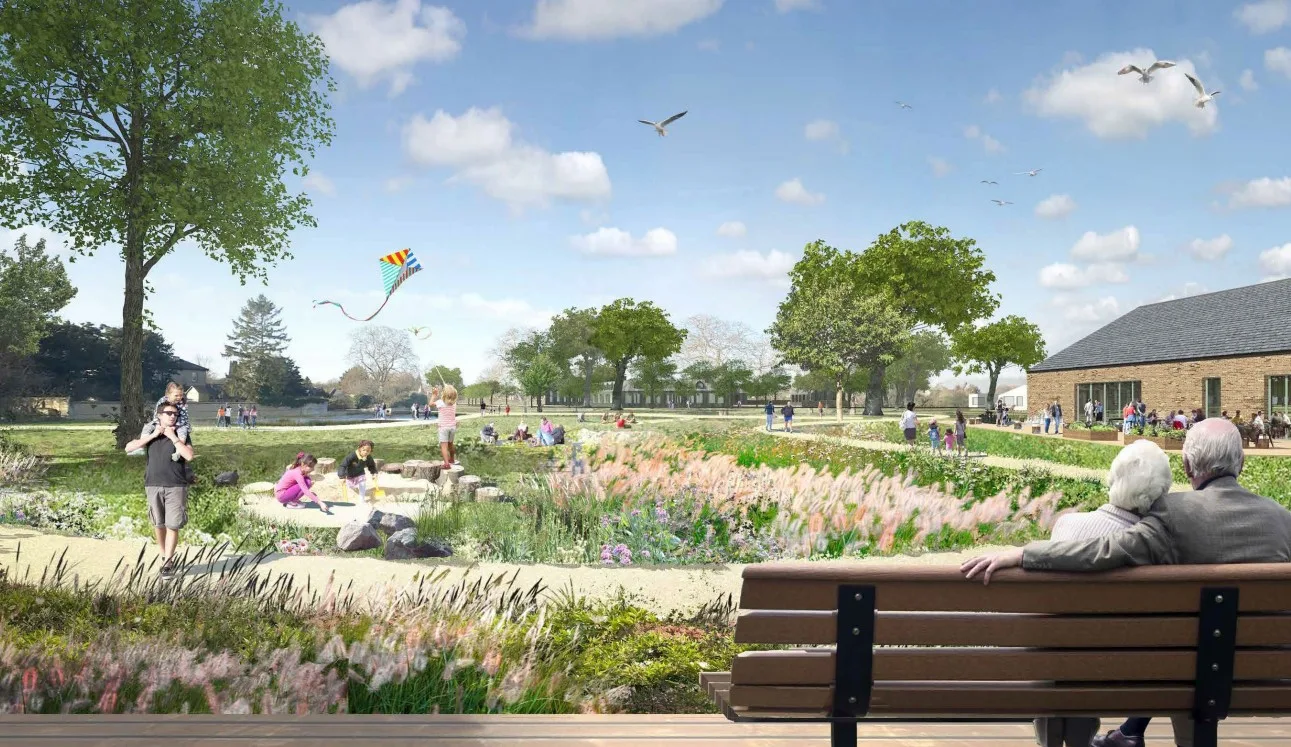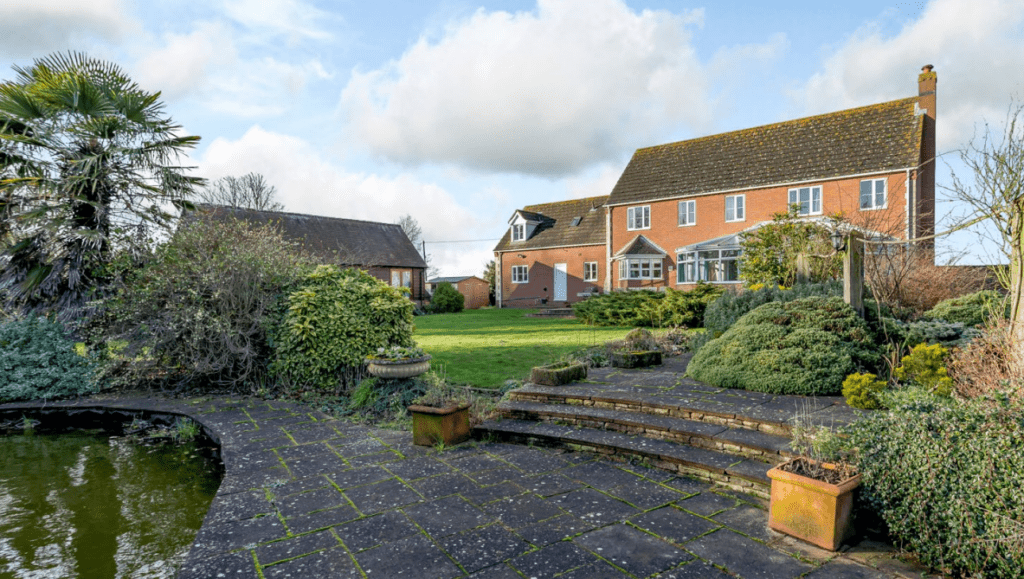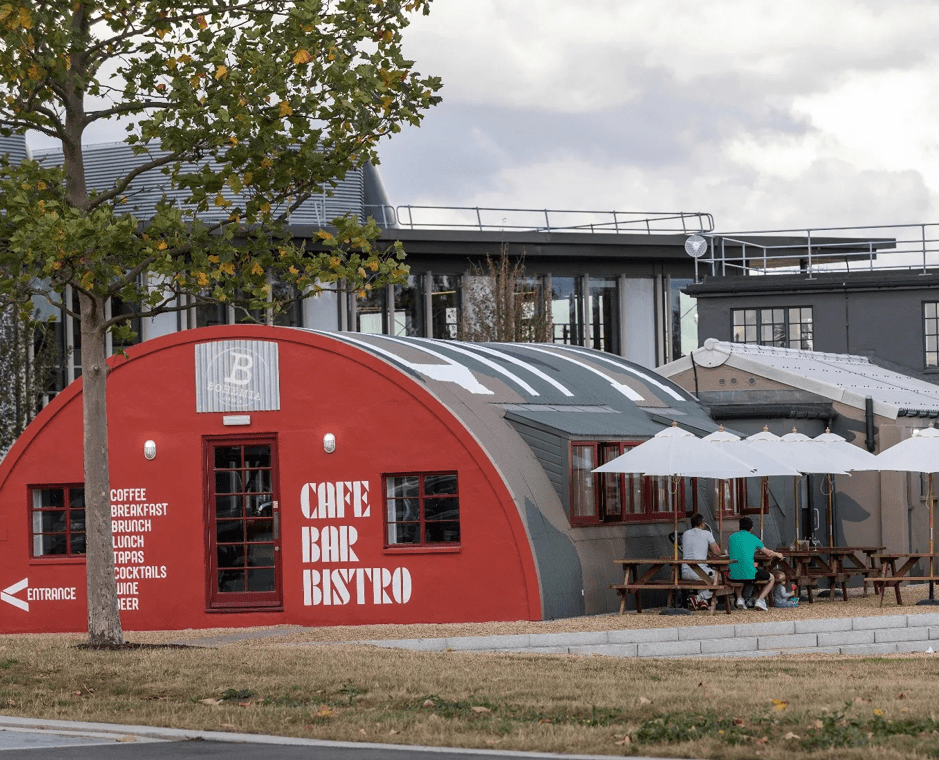Developers won an appeal after East Cambridgeshire District Council failed to determine their bid to build a retirement care ‘village within a village’. Land to the rear of 163 to 187 High Street and east of Rowan Close, Bottisham will be used for retirement village.
It will comprise housing with care, communal health, wellbeing and leisure facilities and some affordable housing.
There will be a café/bar, wellness centre, gym, library, salon, and therapy/treatment rooms.
The proposal could generate 70 full time equivalent jobs across a variety of roles such as medical care, social care, management, and maintenance.
Bottisham Meadows Retirement Village will provide for up to 170 units and up to 51 affordable homes.
It is described as housing with extra care where the care can be provided 24/7 but is to be provided in individual homes within the retirement care village.
“This is a lower level of care than a care home and substantially less than a nursing home; though the developer has described care can be increased accordingly as needed,” said a report by council planners.
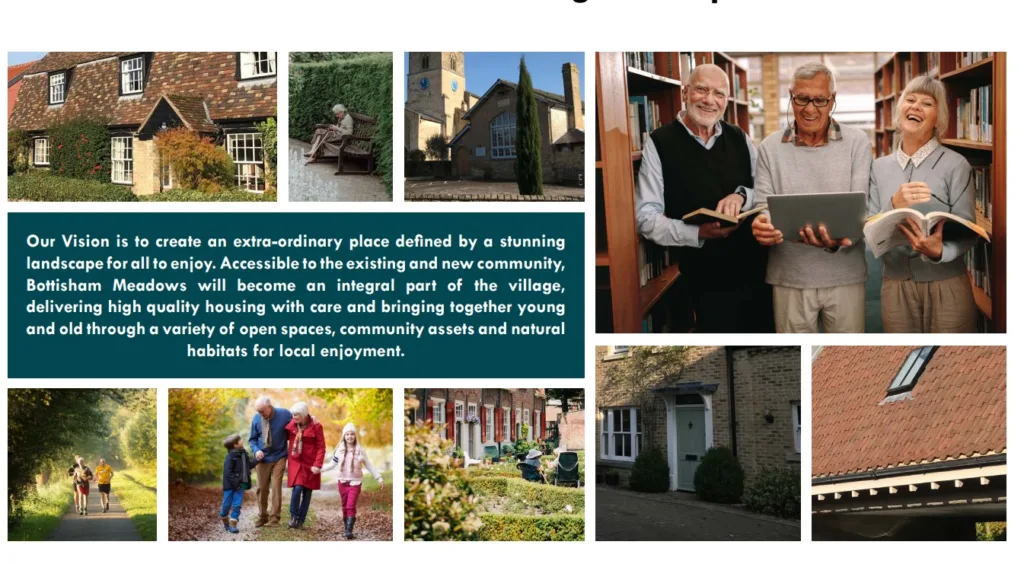
“The developer is seeking to control those who can live in the retirement care village via a legal agreement.
East Cambridgeshire Council presented the application to its planning committee last September and concluded that, had they been able to determine it, they would have refused it.
However, by then an appeal was already into the Government Planning Inspectorate who has now agreed the retirement village can be built.
Joint developers are Axis Land Partnerships Limited (“Axis”), part of the Sir Robert McAlpine Group of Companies, and Bottisham Farming Ltd, owned by David Rayner.
Among those who lodged objections was Lucy Frazer, the MP for SE Cambridgeshire.
She told planners a previous application was rejected and that was upheld on appeal in January of last year.
“My constituents are concerned that this application is substantially the same as the previous application and should, therefore, be likewise refused,” she said.
“This application remains opposed by Bottisham parish council and many residents primarily on the basis that the site is in the Green Belt and that there are not exceptional circumstances which would allow development of this provision on this site.”
Council officers had felt – and the planning committee had agreed – that the development “would encroach upon the open countryside and result in substantial harm to the openness and character of the Green Belt when compared to the nature and characteristics of the existing agricultural land.
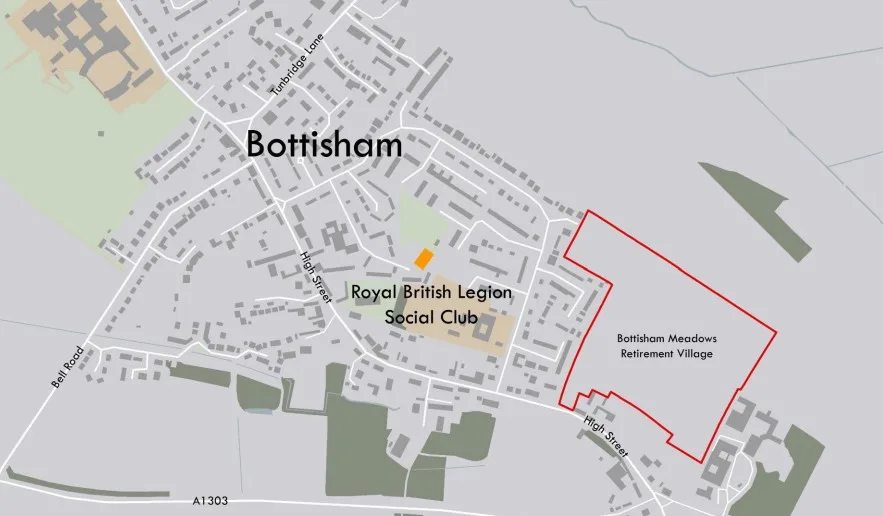
“The case for demonstrating very special circumstances to outweigh any harm to the Green Belt has not been demonstrated”.
The council also felt that the scale of development to be inconsistent with the “locational strategy of the Local Plan, which directs the majority of development to the market towns of Ely, Soham and Littleport, and seeks only more limited development to take place in villages such as Bottisham”.
Planners took the application to committee knowing it was too late to affect the appeal but felt it was important to establish their position of refusal during the appeal process.
Inspector M Woodward has ruled that changes to the application made it possible for the scheme to be approved.
“The appeal follows the council’s failure to determine the planning application within the prescribed time period,” he noted.
“The appeal was accompanied by the council’s putative reasons as to why planning permission would have been refused by the council had they been empowered to do so.”
The inspector agreed that “there is no dispute that the appeal scheme would constitute a form of inappropriate development in the Green Belt which would be harmful by definition.
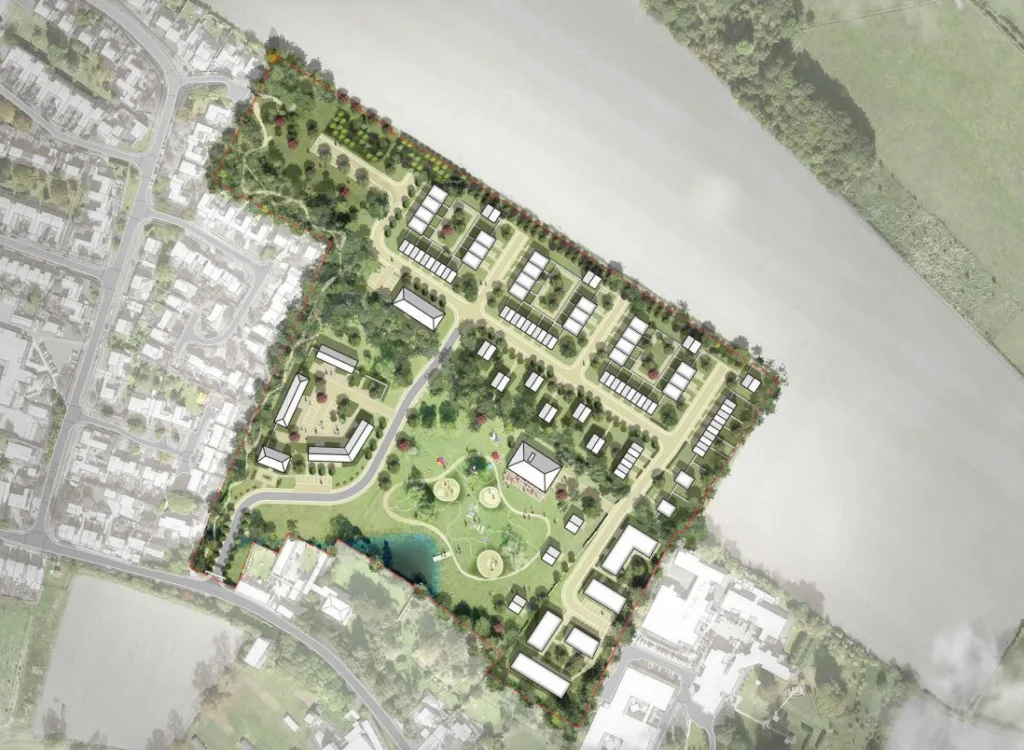
“In addition, I have identified harm to the openness of the Green Belt and resultant conflict with one of the five Green Belt purposes, due to encroachment”.
But insofar as heritage is concerned, the inspector felt there would be only limited harm to the character and appearance of the conservation area.
The inspector also felt that “whilst the scheme would alter a large part of the site from countryside to built form, these effects would be limited in extent across a relatively small part of the wider landscape area”.
The inspector said the need for housing for older people is critical and the type of accommodation proposed would help occupants live independently for longer, feel more connected to their community and assists in reducing social care needs and wider health costs.
It would support improved physical health as well as psychological and social well-being for its residents, including reducing the feeling of loneliness as well as helping couples remain together when one partner’s needs require additional care.
The inspector said only one extra care scheme exists in the district (57 units) and there are no extant planning permissions or known pending applications for this type of provision.
Set against this, in 2023 a need existed for approximately 319 units in the local area. This is expected to rise to at least 352 units by 2026 (at the time of the inquiry, the earliest date by which this scheme could be delivered).
“Looking at the wider market catchment area, the current supply stands at 150 units with a number of other schemes capable of making a contribution by 2026,” said the inspector.
“The need stood at 987 units (in 2023). As several schemes are anticipated to come on stream, a supply of 437 units is likely by 2026.

“However, this is significantly below the net need which is anticipated to be circa 786 units by this date.
“In summary, it is clear that when considering the short, medium, or long-term net need for extra care housing for those aged 75 or over, this is likely to far exceed supply.”
Like the previous inspector “I also find that the need is acute.
“Furthermore, the council does not dispute that there is a need for older people’s extra care housing in the district.
“The evidence supports the appellant’s assertion that retirement housing schemes are generally less viable than general needs housing due to a range of factors, such as higher build costs.
“This is not contested by the council and appears to me to be a major factor influencing past delivery, which has been abject at best.
“Indeed, the Local Plan acknowledges that the district faces a major challenge in increasing the provision of housing for the potentially vulnerable and elderly.”
The inspector said that the predicted supply of extra care housing falls significantly below the identified need and is anticipated to do so in the future and “is partly a result of a distinct lack of robust local planning policies and site allocations to support this form of housing.
“Furthermore, the council’s robust housing land supply position is not predicated on the future delivery of extra care housing which reinforces the inadequacy of the Local Plan in supporting the delivery of this type of housing for older people”.
The inspector concluded: “Whilst the final form of development, including its design, is not before me at this stage, I have no reason to determine that a high-quality scheme, which would adequately protect the living conditions of neighbouring occupiers, could not come forward at reserved matters stage.
“Moreover, the council has the power to refuse any reserved matters submissions should they find any such proposal unacceptable.
“Whilst not forming part of the council’s case, interested parties have also raised concerns that the scheme would unbalance the village’s age demographic even further.
“However, the age profile would be balanced to some extent by the provision of affordable units which would not be age restricted and I am not persuaded that the scheme overall would impact on the viability of services in the village. I find no harm in this respect.”
The inspector added: “The benefits associated with the provision of extra care housing and affordable housing in the context of an identified need constitute public benefits of sufficient weight to outweigh the less than substantial harm to both the listed building and the conservation area.
“In terms of the planning balance, the scheme would result in definitional harm, it being a form of inappropriate development in the Green Belt.
“There would be significant harm to its spatial openness and a moderate effect on visual openness as well as conflict with one of the five Green Belt purposes in terms of encroachment.”
The inspector said: “However, the Local Plan fails to provide the necessary allocations or policy basis to support the identified need for the specific housing type proposed in this appeal.
“In respect of benefits, as well as deficient local policy support, there are significant market constraints affecting delivery potential and no alternative sites have been identified.
“This leads me to conclude that the identified acute extra care housing needs are unlikely to be realised over the plan period.
“This proposal would make a significant and meaningful contribution to addressing the need for older people’s extra care housing, a matter which attracts very substantial weight in favour.”
And in terms of affordable housing, “there remains a notable deficiency with persistent under delivery and past failure to address the significant need.
“The proposal would make an affordable housing contribution which also weighs significantly in favour of the scheme”.
The inspector added: I find that the other considerations in this case clearly outweigh the harm that I have identified.
“Looking at the case as a whole, I consider that very special circumstances exist which justify the development in the Green Belt.
“The material considerations in favour of the scheme are also sufficient to outweigh the development plan conflict, indicating that planning permission should be granted otherwise than in accordance with the development plan.
“This leads me to conclude that the appeal should be allowed.”
Years of negotiation and community explanations have gone into demonstrating the need for a retirement ‘village within a village’ at Bottisham that will provide for up to 170 units and up to 51 affordable homes.


